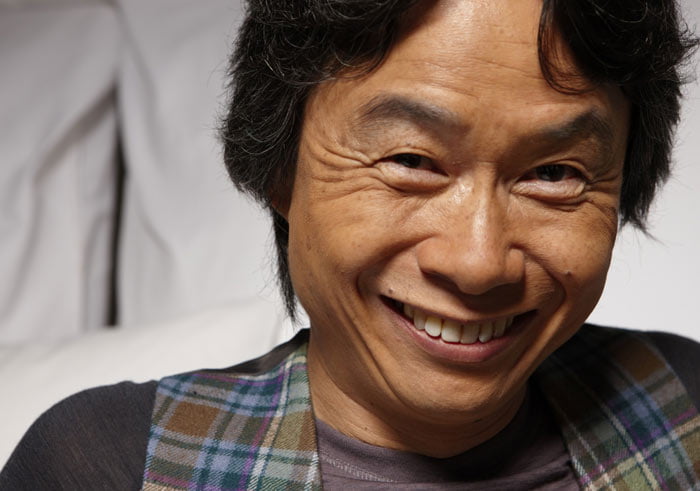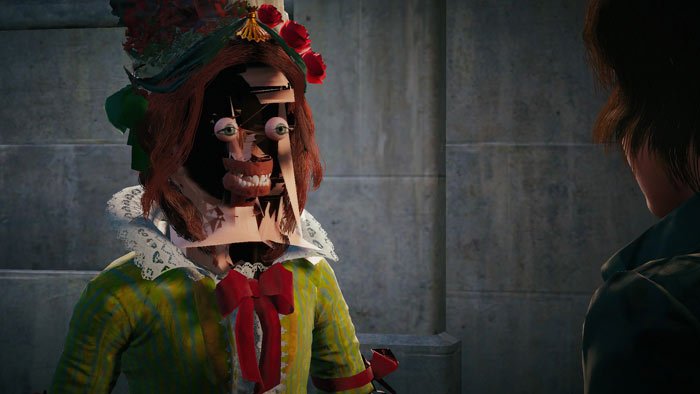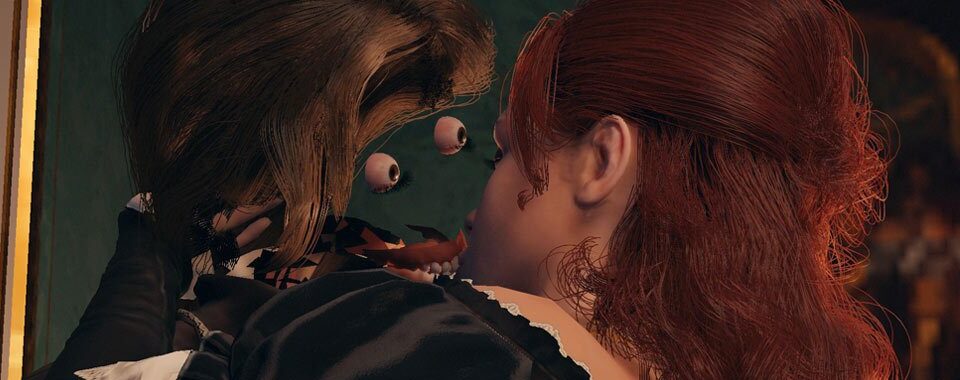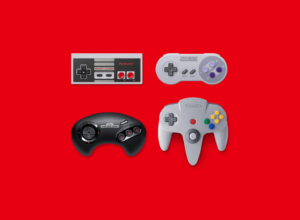A famous quote from Shigeru Miyamoto, but how does it stack up in the world of patching and DLC?
The wording varies depending on where you look. Often ‘rushed game’ is used instead of ‘bad’. But in either form this remains one of the most famous quotes about video games from one of the medium’s most famous and respected designers.
But Miyamoto was remarking upon the delay of the N64, at the closing of the cartridge age. Long before internet connectivity in consoles was the norm, before it was even taken for granted on PC. In those days, a game stayed as good or bad as it was when it was committed to plastic; a snapshot taken at the point of release, and the camera never lies.

Then came patching. In the world of our metaphor, someone had invented Photoshop. Patching allowed bugfixes and UI changes in response to feedback; sometimes even changes to content, balancing and game mechanics. Previously the only way to counter an overpowered character in a competitive game was to ban them from tournament play. Now, nerfs and buffs abound.
But do patches mean it’s time to retire Miyamoto’s saying? Can bad games be patched good? Can rushed games?
Too far gone?
Some are certainly beyond saving. The patch fixing Knuckles’ sequence-breaking infinite jump glitch in Sonic Boom: Rise of Lyric won’t get rid of the tedious, repetitive combat, near-empty hub worlds, or forgettable soundtrack. Nor could you patch out equally notorious cousin Sonic ‘06’s dumb, overblown plot, annoying new character or frustrating telekinesis mechanic – they are all too integral to the game.
But both of these had rushed or confused development processes; Sonic ’06 suffering from half its team being split off to work on the Wii-exclusive Sonic and the Secret Rings, and Boom being hurried out in time for Christmas.
So patches cannot make an intrinsically bad game good. Some might argue it is semantics, but that is perhaps the difference between a game being ‘bad’ and a game being ‘flawed’. Bad is usually a result of intrinsic design choices that cannot really be removed, but if flawed is just the result of poor implementation, can patching turn a game that is simply too flawed to reach its own potential into a good or great game?
Most of you will have by now guessed we’re going to talk about Assassins’ Creed Unity.
Revolutionary
Unity’s initial near-unplayable state was certainly a result of rushing; with the pressures of developing for new, less familiar consoles and Ubisoft’s one-AC-a-year policy combining to result in a now infamous triple-A mess being released where even the floors didn’t work sometimes.

This affected its Metascore, with Unity scoring around 70 compared to scores in the 80s for the rest of the main series. There were other, design based niggles such as the inclusion of and badgering for micro-transactions which may have affected the scores also, but the game overall was arguably little worse than any of those other higher-scoring entries, perhaps even improving on some aspects.
Hence: flawed. But did this affect sales figures? The game industry is an industry after all.
It doesn’t seem to have. It isn’t the best method, but comparing game-sales figures to total console sales shows 6-7% of console owners owning the first three main series (numbered) AC games of the last generation (Black Flag is lower at 4.7% ), whereas Unity currently stands at 10.9% . This is likely helped by the fact that Unity was one of the few big and exclusive ‘next gen’ releases out at the time, but nonetheless it seems that under these circumstances that the bugs did not negatively affect consumer response. Pre-orders? Possibly. In fairness to Unity, the glitches were at their worst in the PC version, which sold less than a sixth of the copies of the best-selling PS4 version.
The real damage will be done to the game’s legacy. How much things like legacy and reputation matter to you will depend on which side of the argument you come down on – that of dewy-eyed idealism (‘games are art’) or the rather more pragmatic and mercenary approach (‘the best game is the game that sells the most’) – but the fact remains that the community won’t forget Unity’s glitches in a hurry. At the other end of the scale, on its launch Super Mario 3D World was hailed as an instant, lovingly crafted classic and cited by some as reason enough to own a Wii U; likewise Bayonetta 2 was called the finest action game/spectacle fighter of the generation, with both games featuring on numerous top-ten lists for their respective years.
Assassin’s Creed Unity however, for the immediate future at least, will not be most remembered for bringing multiplayer to the series, its painstakingly intricate recreation of late-18th century Paris or its refocusing of the importance of stealth within the series. Instead, when someone mentions Unity, we will think of glitches, from game-breaking and frustrating to downright hilarious
So Miyamoto’s most famous quote just about holds on to relevance. Patching is, in essence, a polish. Cutting and polishing can turn rough diamonds into jewels, but if you polish a turd a turd it remains. Just shinier.






